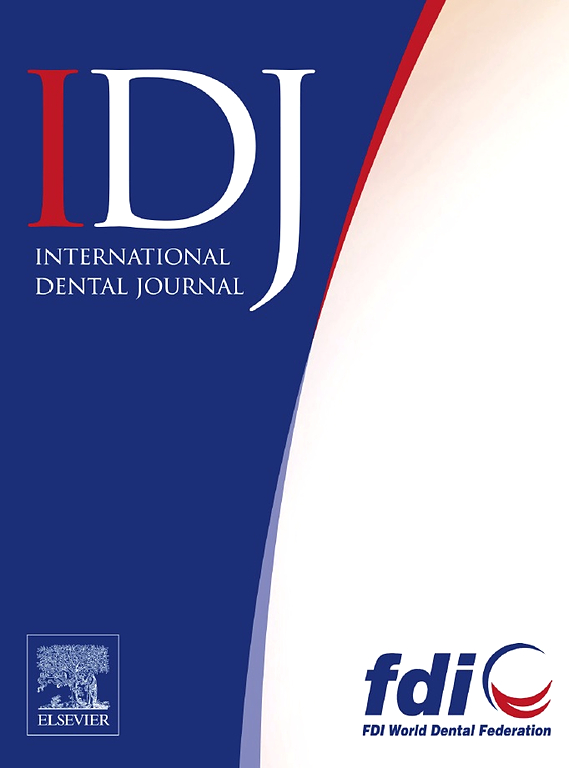Effect of Life Course Adiposity on Bell’s Palsy Mediated by Glucose Levels
IF 3.2
3区 医学
Q1 DENTISTRY, ORAL SURGERY & MEDICINE
引用次数: 0
Abstract
Introduction and aims
Previous observational studies have reported an association between obesity and Bell’s palsy (BP), but the causality and the underlying mediating pathways remain unclear. We aimed to investigate the causal effects of adiposity across the life course on BP and to identify potential mediators in this relationship.
Methods
Utilizing summary statistics from genome-wide association studies predominantly of European ancestry, we conducted univariable and multivariable Mendelian randomization (MR) to estimate overall and independent effects of 5 adiposity-related traits (birth weight, childhood body mass index [BMI], adult BMI, adult body fat percentage, and adult waist circumference) on BP. Two-step MR was employed to assess the mediating role of metabolic and inflammatory traits. Sensitivity analyses were performed to evaluate robustness.
Results
Univariable MR revealed that genetically predicted adult BMI (OR: 1.29, 95% CI: 1.11-1.49, P = .001), body fat percentage (OR: 1.33, 95% CI: 1.08-1.65, P = .008), and waist circumference (OR: 1.29, 95% CI: 1.08-1.55, P = .005) were significantly associated with increased risk of BP. Multivariable MR confirmed an independent causal effect of adult BMI after adjusting for birth weight and childhood BMI. Two-step MR further identified glucose levels as a partial mediator, accounting for 23.8% (95% CI: 4.9%-42.6%) of the total effect. Findings were consistent across sensitivity analyses.
Conclusion
Higher genetically predicted adult BMI could increase the risk of BP, partly mediated by impaired glucose regulation.
终生肥胖对血糖水平介导的贝尔氏麻痹的影响
先前的观察性研究报道了肥胖与贝尔氏麻痹(BP)之间的关联,但其因果关系和潜在的介导途径尚不清楚。我们的目的是研究肥胖在整个生命过程中对BP的因果影响,并确定这种关系中的潜在介质。方法利用主要来自欧洲血统的全基因组关联研究的汇总统计数据,我们进行了单变量和多变量孟德尔随机化(MR),以估计5种肥胖相关性状(出生体重、儿童体重指数(BMI)、成年体重指数、成年体脂率和成年腰围)对BP的总体和独立影响。采用两步磁共振评估代谢和炎症特征的介导作用。进行敏感性分析以评估稳健性。结果单变量磁共振显示,遗传预测的成人BMI (OR: 1.29, 95% CI: 1.11-1.49, P = 0.001)、体脂率(OR: 1.33, 95% CI: 1.08-1.65, P = 0.008)和腰围(OR: 1.29, 95% CI: 1.08-1.55, P = 0.005)与BP风险增加显著相关。在调整出生体重和儿童期BMI后,多变量MR证实了成人BMI的独立因果效应。两步磁共振进一步确定葡萄糖水平是部分中介,占总效应的23.8% (95% CI: 4.9%-42.6%)。敏感性分析的结果是一致的。结论较高的遗传预测成人BMI可增加BP的风险,部分介导了葡萄糖调节功能受损。
本文章由计算机程序翻译,如有差异,请以英文原文为准。
求助全文
约1分钟内获得全文
求助全文
来源期刊

International dental journal
医学-牙科与口腔外科
CiteScore
4.80
自引率
6.10%
发文量
159
审稿时长
63 days
期刊介绍:
The International Dental Journal features peer-reviewed, scientific articles relevant to international oral health issues, as well as practical, informative articles aimed at clinicians.
 求助内容:
求助内容: 应助结果提醒方式:
应助结果提醒方式:


